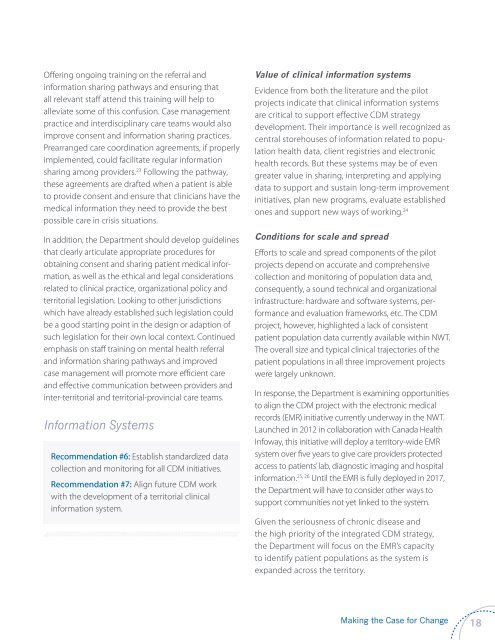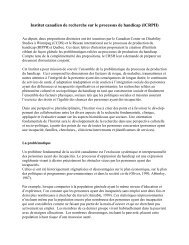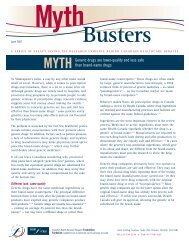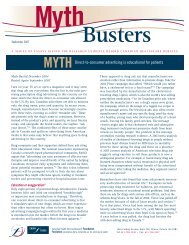Full Report
Full Report
Full Report
Create successful ePaper yourself
Turn your PDF publications into a flip-book with our unique Google optimized e-Paper software.
Offering ongoing training on the referral and<br />
information sharing pathways and ensuring that<br />
all relevant staff attend this training will help to<br />
alleviate some of this confusion. Case management<br />
practice and interdisciplinary care teams would also<br />
improve consent and information sharing practices.<br />
Prearranged care coordination agreements, if properly<br />
implemented, could facilitate regular information<br />
sharing among providers. 23 Following the pathway,<br />
these agreements are drafted when a patient is able<br />
to provide consent and ensure that clinicians have the<br />
medical information they need to provide the best<br />
possible care in crisis situations.<br />
In addition, the Department should develop guidelines<br />
that clearly articulate appropriate procedures for<br />
obtaining consent and sharing patient medical information,<br />
as well as the ethical and legal considerations<br />
related to clinical practice, organizational policy and<br />
territorial legislation. Looking to other jurisdictions<br />
which have already established such legislation could<br />
be a good starting point in the design or adaption of<br />
such legislation for their own local context. Continued<br />
emphasis on staff training on mental health referral<br />
and information sharing pathways and improved<br />
case management will promote more efficient care<br />
and effective communication between providers and<br />
inter-territorial and territorial-provincial care teams.<br />
Information Systems<br />
Recommendation #6: Establish standardized data<br />
collection and monitoring for all CDM initiatives.<br />
Recommendation #7: Align future CDM work<br />
with the development of a territorial clinical<br />
information system.<br />
Value of clinical information systems<br />
Evidence from both the literature and the pilot<br />
projects indicate that clinical information systems<br />
are critical to support effective CDM strategy<br />
development. Their importance is well recognized as<br />
central storehouses of information related to population<br />
health data, client registries and electronic<br />
health records. But these systems may be of even<br />
greater value in sharing, interpreting and applying<br />
data to support and sustain long-term improvement<br />
initiatives, plan new programs, evaluate established<br />
ones and support new ways of working. 24<br />
Conditions for scale and spread<br />
Efforts to scale and spread components of the pilot<br />
projects depend on accurate and comprehensive<br />
collection and monitoring of population data and,<br />
consequently, a sound technical and organizational<br />
infrastructure: hardware and software systems, performance<br />
and evaluation frameworks, etc. The CDM<br />
project, however, highlighted a lack of consistent<br />
patient population data currently available within NWT.<br />
The overall size and typical clinical trajectories of the<br />
patient populations in all three improvement projects<br />
were largely unknown.<br />
In response, the Department is examining opportunities<br />
to align the CDM project with the electronic medical<br />
records (EMR) initiative currently underway in the NWT.<br />
Launched in 2012 in collaboration with Canada Health<br />
Infoway, this initiative will deploy a territory-wide EMR<br />
system over five years to give care providers protected<br />
access to patients’ lab, diagnostic imaging and hospital<br />
information. 25, 26 Until the EMR is fully deployed in 2017,<br />
the Department will have to consider other ways to<br />
support communities not yet linked to the system.<br />
Given the seriousness of chronic disease and<br />
the high priority of the integrated CDM strategy,<br />
the Department will focus on the EMR’s capacity<br />
to identify patient populations as the system is<br />
expanded across the territory.<br />
Making the Case for Change<br />
18














